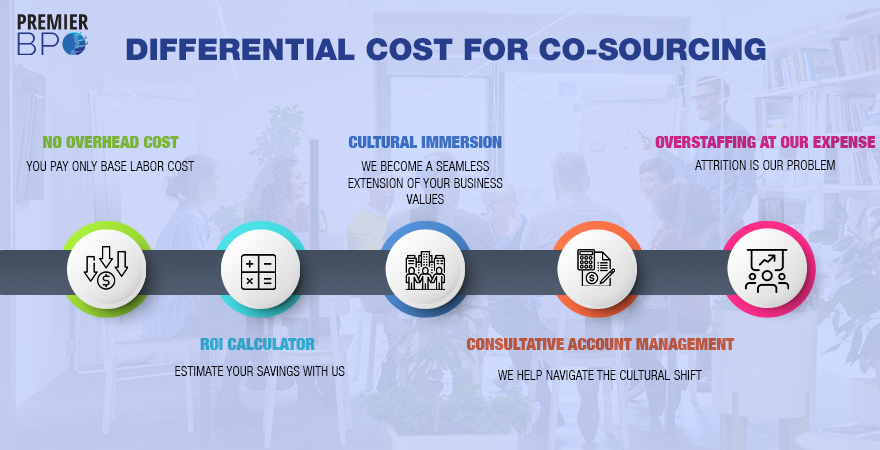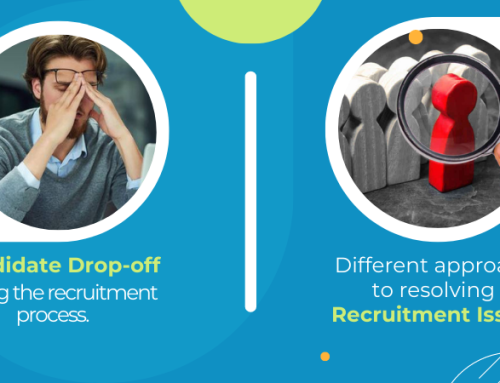Organizational transformation and sales growth are a top priority for companies today, causing a drive towards differential costs for decision-making. The current labor shortage has created an unprecedented situation in the job market, where twice as many jobs are open compared to available candidates to fill them.
Even with recruiters adjusting to make employees comfortable, your options as an organization are limited, as people don’t want to work anymore. Revenue and productivity are at the forefront now for organizational leadership. Thus, these leaders need to consider creative solutions such as conducting a differential analysis for recruitment costs.

What is Differential Cost Analysis and how can it help you make better business decisions?
Differential cost refers to the cost of choosing one of various alternatives when making business decisions. Using the technique to compare viability of two or more similar options, the most lucrative one is selected based on profit vs. loss or revenue generated.
Differential costs may also be fixed cost or variable cost or a combination of both. Fixed cost refers to the amount that is unaffected by any number of goods or services for any period of time. Hence, these become unavoidable for any company. For example, rent, lease, property cost, utility billing, equipment costs, etc.
Variable costs are affected by the amount, volume, or increase/decrease in services/goods production over a period of time. These shift with business performance, hence change continuously and may affect your profit margins. For example, part-time wages, sales commissions, raw materials, credit card fees etc.
Calculating the differential cost can highlight the most cost-effective option for any business, particularly when testing opportunity costs (measuring benefits lost by choosing one option over the other). It can also help with making decisions for analyzing the break-even point, enhancing revenue, defining what areas need more or less expenditure, and re-evaluating your growth strategy if any particular department is underperforming. For businesses today, this can be applied to evaluate staffing costs amidst a labor crisis.
Differential Cost Examples
adding new or eliminating existing departments, resources, expenses, or services
deciding whether or not to process, make, buy or sell products; and
Selling, producing, processing, marketing, or promoting, partnered products or services
Choosing to purchase through suppliers or create yourself
Choosing between hiring yourself, a recruiting firm, outsourcing or co-sourcing.
Hiring Yourself vs. Outsourcing
When a firm recruits directly, they must factor in the cost of the recruiter, recruitment ads, manager and interview panelist time involved, and other intangible costs. An outsourcer, however, turns that cost to zero. The firm only pays for the labor of the employee recruited and the outsourcer absorbs all recruiting process costs.
Want to Know Your Average Cost Per Hire? Learn more at our Blog:
The recurring costs of hiring yourself are more than what it takes to hire a candidate in the first place. All of the above-mentioned is repeated when an employee quits or is fired so the costs becomes recurring. When utilizing an outsourcer to staff, all attrition and replacement costs are the responsibility of the third-party outsourcer.
The overall cost of replacing an employee is between one to two times their annual salary – Gallup.
Onboarding costs, recruiter fees, compensation, and benefits are some of the overhead costs you can avoid when working with an outsourcer. These include often-overlooked expenses, per employee, such as QA, training, medical, vacation, sick days, FICA/SUI/FUI, etc. Adding all these to the hourly wages you pay will give you a clear picture of your fully-loaded cost.
Premier BPO’s Differential Cost for Co-sourcing

When Co-sourcing with Premier BPO, there is no cost incurred on your business. What we charge our clients is the base labor cost, while we take on all overhead costs into our hourly rates. Driving more economic value to your business, we also provide consultative account management, acting as a partner rather than a vendor, giving insights to improvement where applicable. We believe in becoming a seamless extension on our client’s business to augment outcomes, helping them expand globally.
We prove what we claim; you can take an estimate of your cost savings at our interactive ROI calculator, by inserting your specific number of resources. For further information on how we support First-Time Outsourcers navigate their cultural shift with ease, visit our webpage.
 Skip to content
Skip to content





